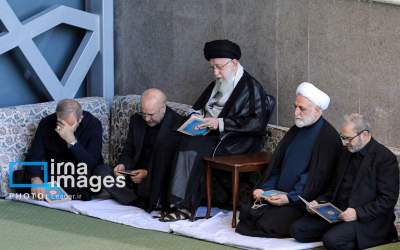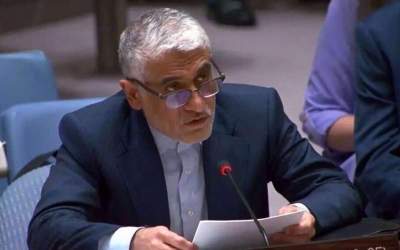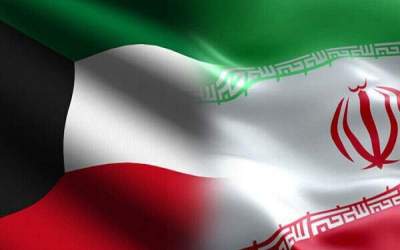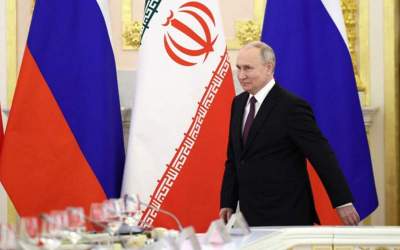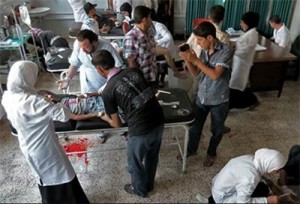 The World Health Organization (WHO) says the crisis in Syria has caused a serious shortage of vital medicines in the country.
The World Health Organization (WHO) says the crisis in Syria has caused a serious shortage of vital medicines in the country.The WHO said on Wednesday that the shortage has created �a very critical situation� in Syria.
�Pharmaceutical factories only cover 20 to 30 percent of the needs, though they used to cover 90 percent� WHO�s Elisabeth Hoff said.
Hoff went on to explain that most of the country�s pharmaceutical factories are located in Homs and Aleppo, where there have been heavy clashes between Syrian army forces and foreign-backed Takfiri militants.
Reports indicate that nearly 20 of Syria�s 73 factories have been closed down due to damage, transport complications, and a halt in the import of materials.
In March, the WHO warned that the production of medicine in Syria had dropped as a result of restrictions on imports and financial transactions.
Syria�s Health Ministry lab director Habib Abbud said that the crisis in the country was �having a very serious effect on the pharmaceutical industry.�
Syria has been gripped by deadly unrest since March 2011.
British defense consultancy IHS Jane�s estimates that some 10,000 militants out of a total of about 100,000, with many being foreign nationals, are fighting for groups affiliated with al-Qaeda such as the al-Nusra Front and the rest fight for different militant groups.
According to the UN, more than 100,000 people have been killed and a total of 7.8 million of others displaced due to the turmoil in Syria.
By Press TV
The Iran Project is not responsible for the content of quoted articles.

